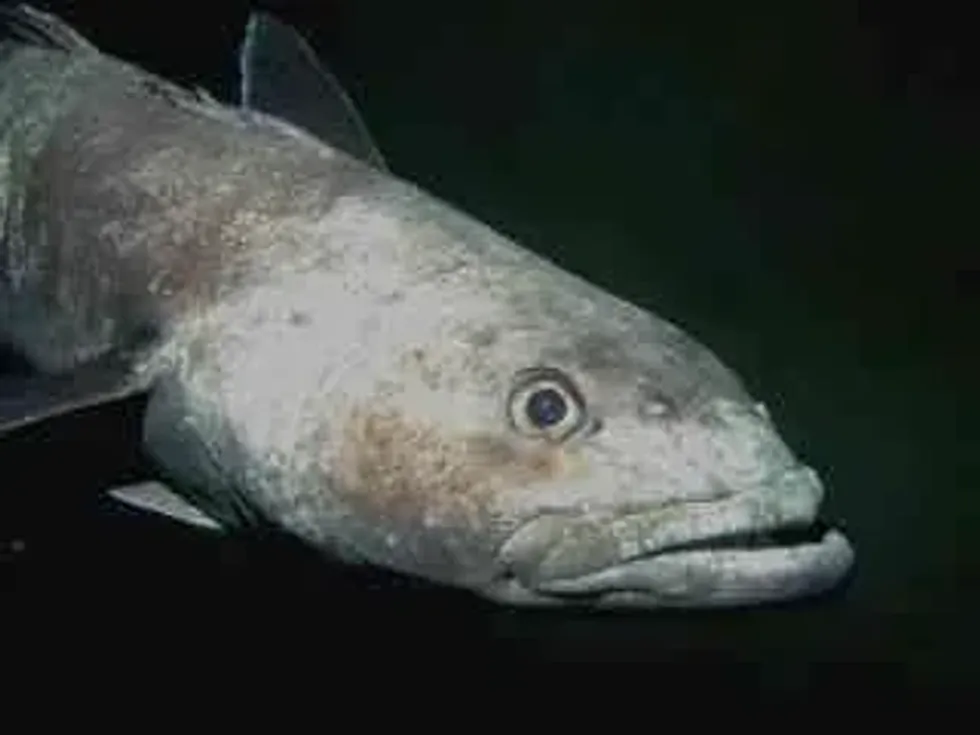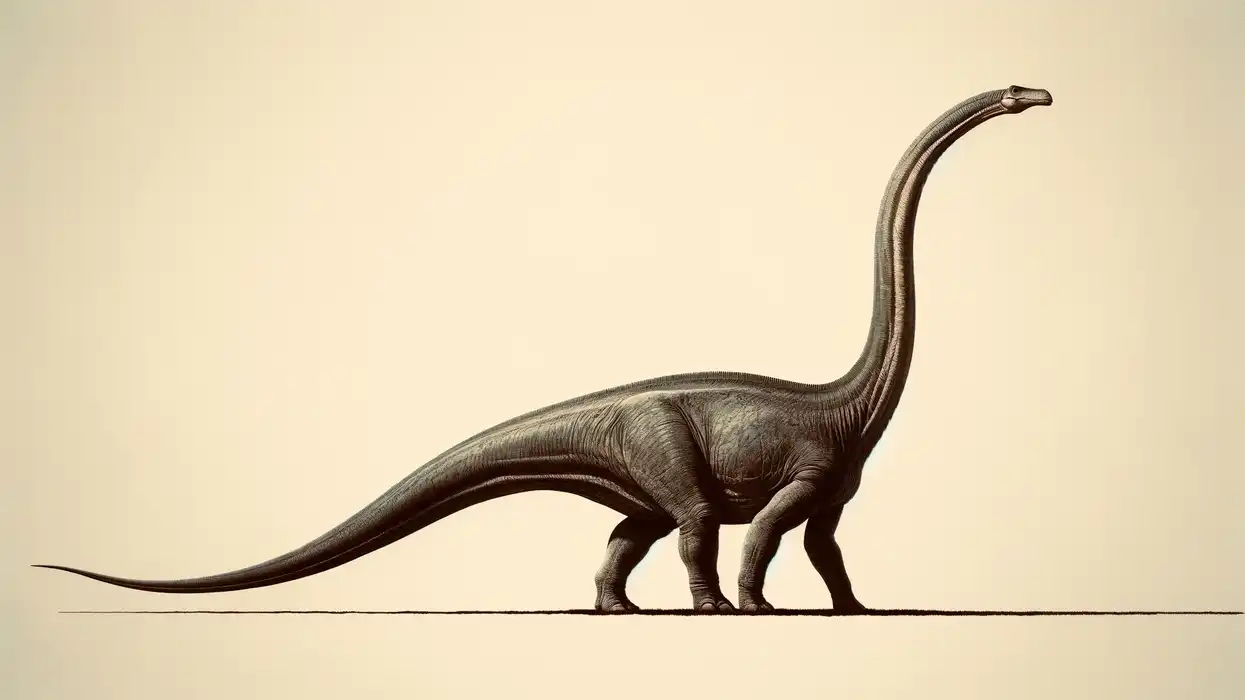The Antarctic toothfish (Dissostichus mawsoni) is a toothfish that's native to the Southern Ocean. The overall size of the Antarctic toothfish's body also depends on its diet and health.
When the natural reserve of the Patagonian toothfish started depleting, fishermen resorted to heading inward into the Southern Ocean to catch more Antarctic toothfish.
While the Patagonian toothfish is also caught off the coast of many South American nations, the Antarctic toothfish is mainly caught in the Southern Ocean and the Ross Sea.
In terms of their distribution across the Ross Sea, science has ascertained that most of them can be found across the range of the continental shelf and the Balleny Islands. These islands do not support life and are situated in Antarctica.
In terms of the geographic distribution of Antarctic toothfish, it is also difficult to catch this fish since it spends most of its life in extremely frigid waters. They are mostly caught during the summer months when the sea ice has melted a little bit.
Due to unregulated and unreported IUU fishing and bad management, many members of this species became a forbidden catch.
If you want to know more about the documentation of the Antarctic toothfish diet, the Antarctic toothfish length, or the Antarctic toothfish weight, you should keep reading. If you would like to read other articles such as this one, check out Tarpon Facts and Barramundi Facts.
Antarctic Toothfish Interesting Facts
What type of animal is an Antarctic Toothfish?
The Antarctic toothfish (Dissostichus mawsoni) is a type of toothfish commonly found in the Southern Ocean. It is also sometimes referred to as the Chilean seabass or the Merluza Negra. It is also related to the Patagonian toothfish (Dissostichus eleginoides), which is sold as the Chilean sea bass, even though neither species have any relation to the sea bass.
What class of animal does an Antarctic Toothfish belong to?
The Antarctic toothfish is classified under the Actinopterygii class. Like many other toothfish, it also falls into the Notontheniidae family. Since many toothfish fisheries have been overfishing the Patagonian toothfish, many fisheries have resorted to fishing the Antarctic toothfish. Although they do sound similar, the Antarctic toothfish bears no similarity to the Antarctic cod.
How many Antarctic Toothfish are there in the world?
There is currently no verifiable number that has been documented which cites the entire toothfish population. Over the last decade, many more organizations have started fishing these aquatic mammals, which has been detrimental to their overall population. When it comes to Antarctica, very few islands can support life, even for short periods.
Where does an Antarctic Toothfish live?
The Antarctic toothfish is commonly found living in the Southern Ocean, deep in the Ross Sea. These fish are found in some of the coldest oceans and seas.
What is an Antarctic Toothfish's habitat?
These fish survive in extremely cold environments. They live in the Southern Ocean, which borders Antarctica. The water that they reside in is well below freezing and contributes to their icy and harsh environment.
It is one of the reasons why these fish were sought after the number of Patagonian toothfish started going down. Over time, this species of toothfish has evolved to develop features that help it survive such harsh climates. They have anti-freeze proteins in their body that help them survive.
Who do Antarctic Toothfish live with?
Antarctic toothfish reside together in groups since the species is concentrated mainly in the Southern Ocean. A lot of these fish reside in the Ross Sea and are found to be in the same ecosystem. While this helps them better hunt for prey together, it can also make them easy targets for predators and fishermen alike.
How long does an Antarctic Toothfish live?
They live for around 50 years and generally have a slow growth rate. This species tends to reach maturity between 13 and 17 years of age.
How do they reproduce?
Not a lot of information is available about the exact life cycle of this fish since fishermen have rarely been able to catch Antarctic toothfish with mature eggs. They're known to spawn mainly during the winter.
In terms of attaining maturity in their life cycle, males seem to attain it earlier at the age of 13, whereas females mature at 17. They live until around the age of 50.
What is their conservation status?
The International Union for Conservation of Nature has not listed the Antarctic toothfish on its website.
Antarctic Toothfish Fun Facts
What do Antarctic Toothfish look like?

These fish have a length between 50-78 in (1.27- 2 m). Aside from their length, they have a dark hue on the top that is often black, brown, olive-brown, or grey, while their underparts are slightly fairer.
Their fins and body depict a mottled pattern. Their head is broad, their body elongated, and they possess large anal and dorsal fins. They also possess pectoral fins and a caudal fin that is rudder-like.
How cute are they?
Most people do not consider the toothfish to be cute creatures; especially in comparison to other fish that are more visually appealing. They are generally caught for commercial purposes because they are a pretty popular marine catch across various continents.
How do they communicate?
Many people assume that these fish communicate through the use of electrical impulses, gestures, chemicals, and movement. They communicate with each other for a range of reasons, but mostly for mating.
How big is an Antarctic Toothfish?
In terms of length, the Antarctic toothfish can be anywhere from 50-78 in (1.27- 2 m) long. Aside from their length, their weight also fluctuates between 176-297 lb (80-135 kg). If we compare the body and size of the Antarctic toothfish with that of a cod, the toothfish is much larger than most cod found on the planet.
How fast can an Antarctic Toothfish swim?
There is no standard speed at which Antarctic toothfish are known to swim. In general, they are known to be slow movers, but they can also jump into a speed burst to avoid a predator.
How much does an Antarctic Toothfish weigh?
They weigh anywhere between 176-297 lb (80-135 kg). Some can even weigh up to 330 lb (150 kg)!
Due to unregulated fishing, distribution, and mislabeling of this species by the IUU, these species were once put on the 'avoid' list by organizations such as the Seafood Watch. IUU fishermen have previously used methods that have brought harm to marine life and the ecosystem. IUU fishing is frowned upon in many places.
What are the male and female names of the species?
There are no sex-specific terms used to differentiate between male and female Antarctic toothfish.
What would you call a baby Antarctic Toothfish?
A baby is referred to as a baby Antarctic toothfish. They mature between 13-17 years of age.
What do they eat?
These fish are known to feed on colossal squid, small fish, shrimp, crabs, and prawns. They also feed on a lot of cephalopods and benthic fish. They find a lot of food on the Antarctic continental shelf and its slope. The Antarctic continental shelf surrounds the Southern Ocean, the habitat of the Antarctic toothfish.
Are they poisonous?
The Antarctic toothfish has exhibited high levels of mercury, so excess consumption of this fish may be dangerous to both adults and children. Many restaurants do not have Chilean sea bass on their menu for this reason.
This toothfish may be poisonous for adults if they consume it more than two or three times a month, whereas for some kids the toothfish may be dangerous even after the first bite, depending on the level of mercury their body can handle.
Would they make a good pet?
Since these fish are caught in the wild and are used to a habitat that houses a very harsh climate, it would be ill-advised to domesticate this species.
In terms of the proteins that they require from their normal diet and the resources they need to survive, the average household cannot provide them with the resources they need, such as ice.
Did you know...
The CCAMLR (Commission for the Conservation of Antarctic Marine Living Resources) is the body of people who help in the management, fishing regulations, and documentation of the species Dissostichus mawsoni (Antarctic toothfish).
When was the first Antarctic Toothfish discovered?
There is no verifiable source that can exactly delineate the exact time and date of the discovery of the first Antarctic toothfish. However, they began to be commercially fished after the decline in the population of the Patagonian toothfish in the mid-1990s.
What is the difference between an Antarctic Toothfish and Patagonian Toothfish?
In terms of biological characteristics, both the Antarctic toothfish (Dissostichus mawsoni) and the Patagonian toothfish are very similar. Unlike the Patagonian toothfish, the Antarctic toothfish has anti-freeze proteins in its blood that help in its survival.
Both of them are caught and sold as Chilean Seabass and are present in the Ross Sea. They also belong to the same family, Nototheniidae.
Here at Kidadl, we have carefully created lots of interesting family-friendly animal facts for everyone to discover! Learn more about some other fish including cichlid facts and bonito fish facts.
You can even occupy yourself at home by coloring in one of our free printable antarctic fish coloring pages.










